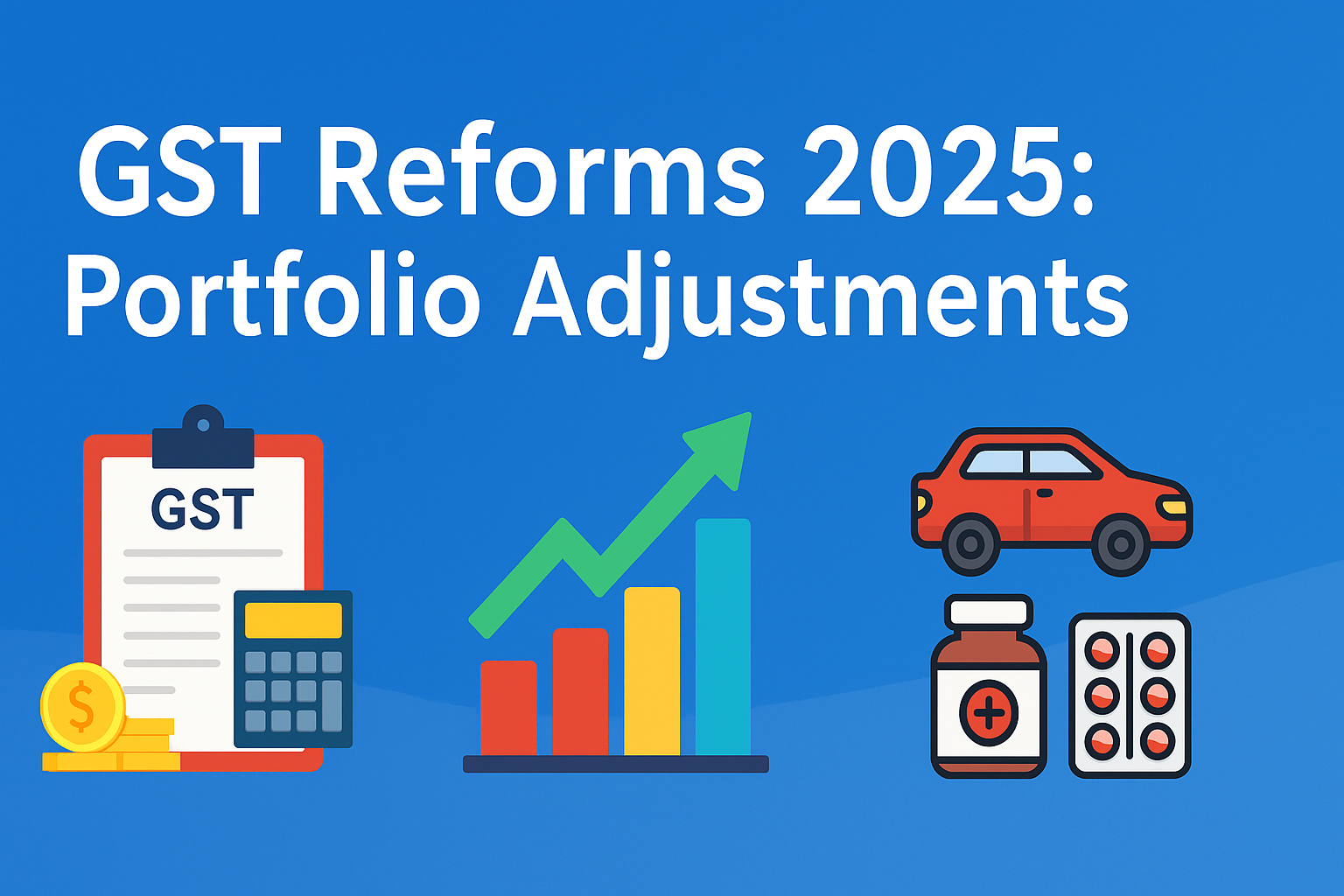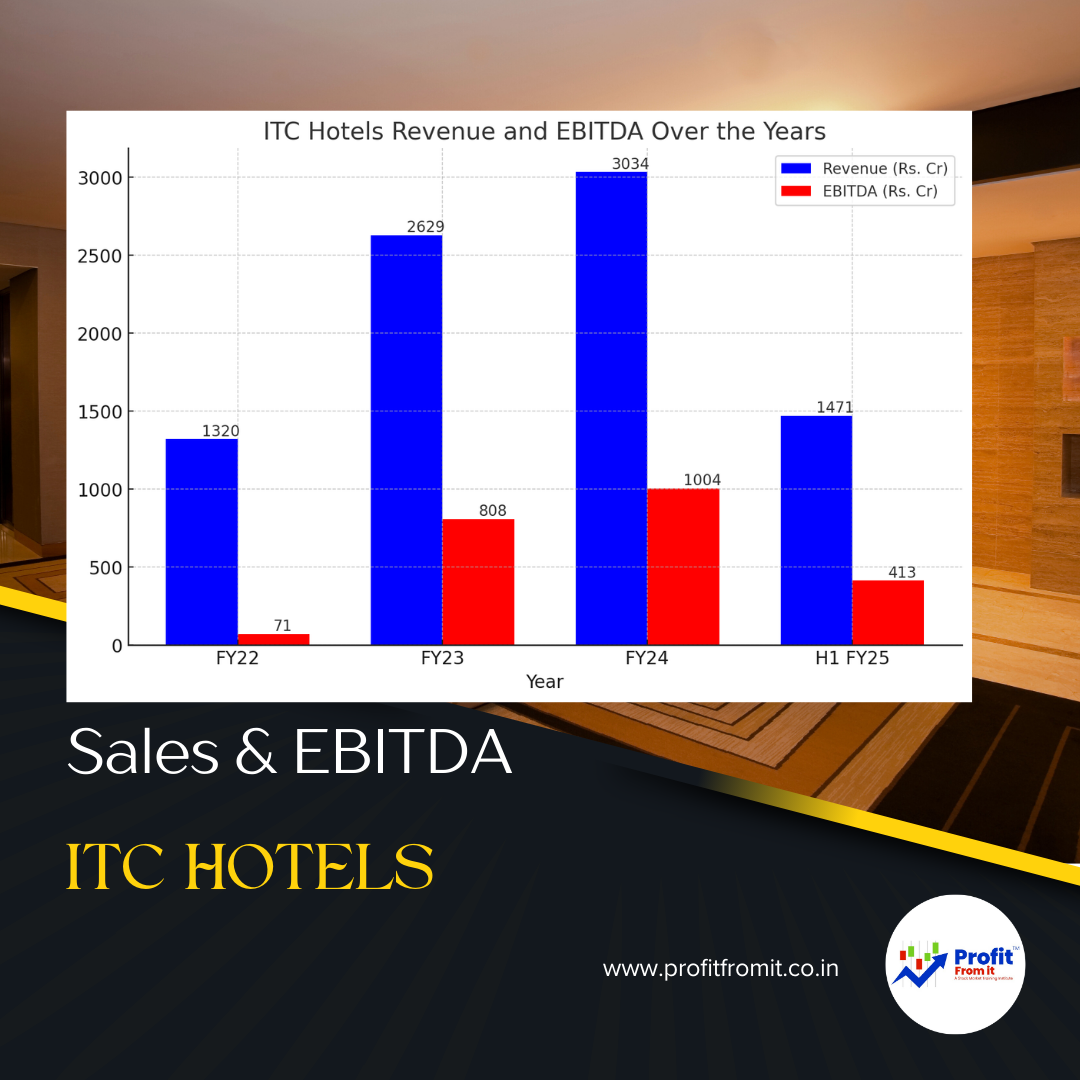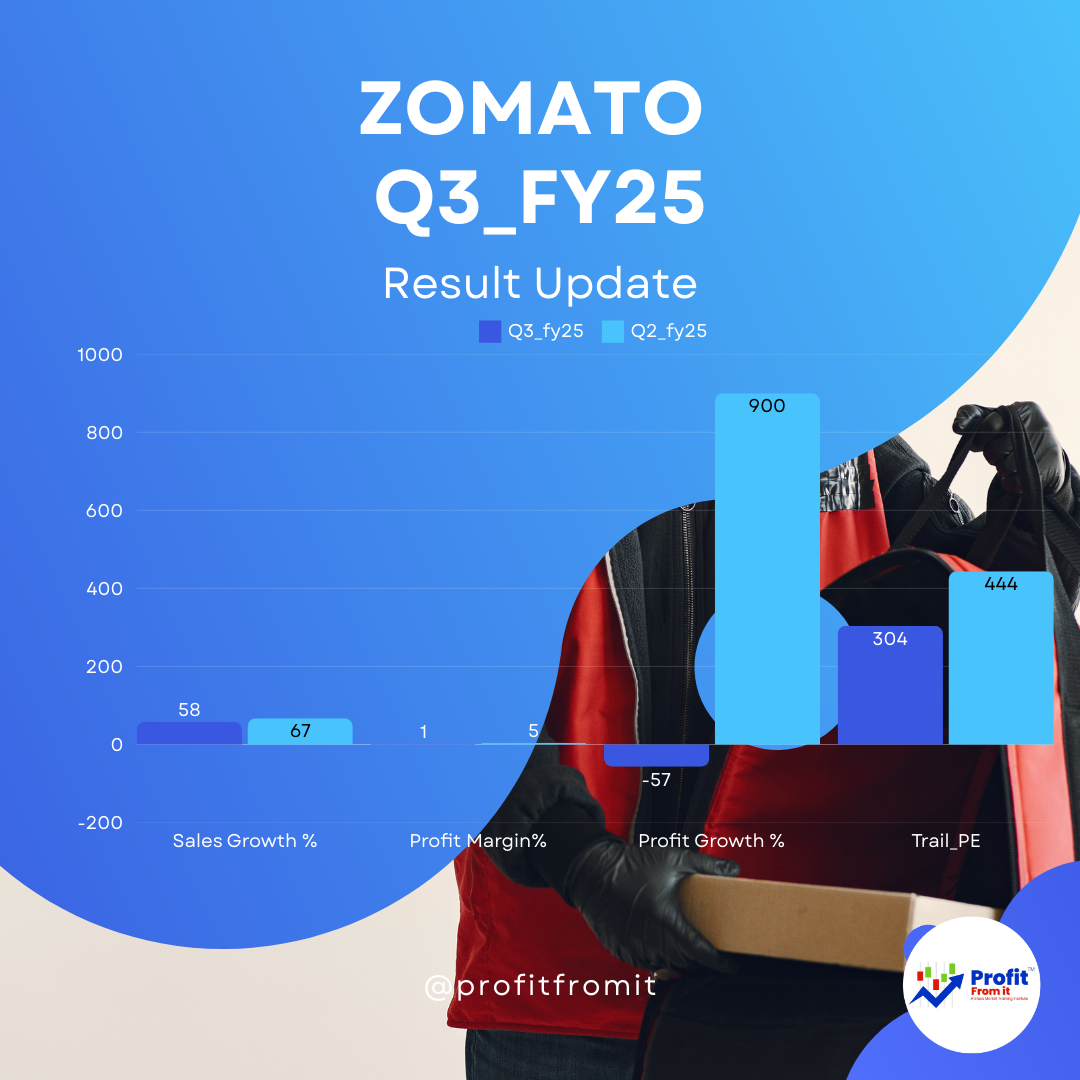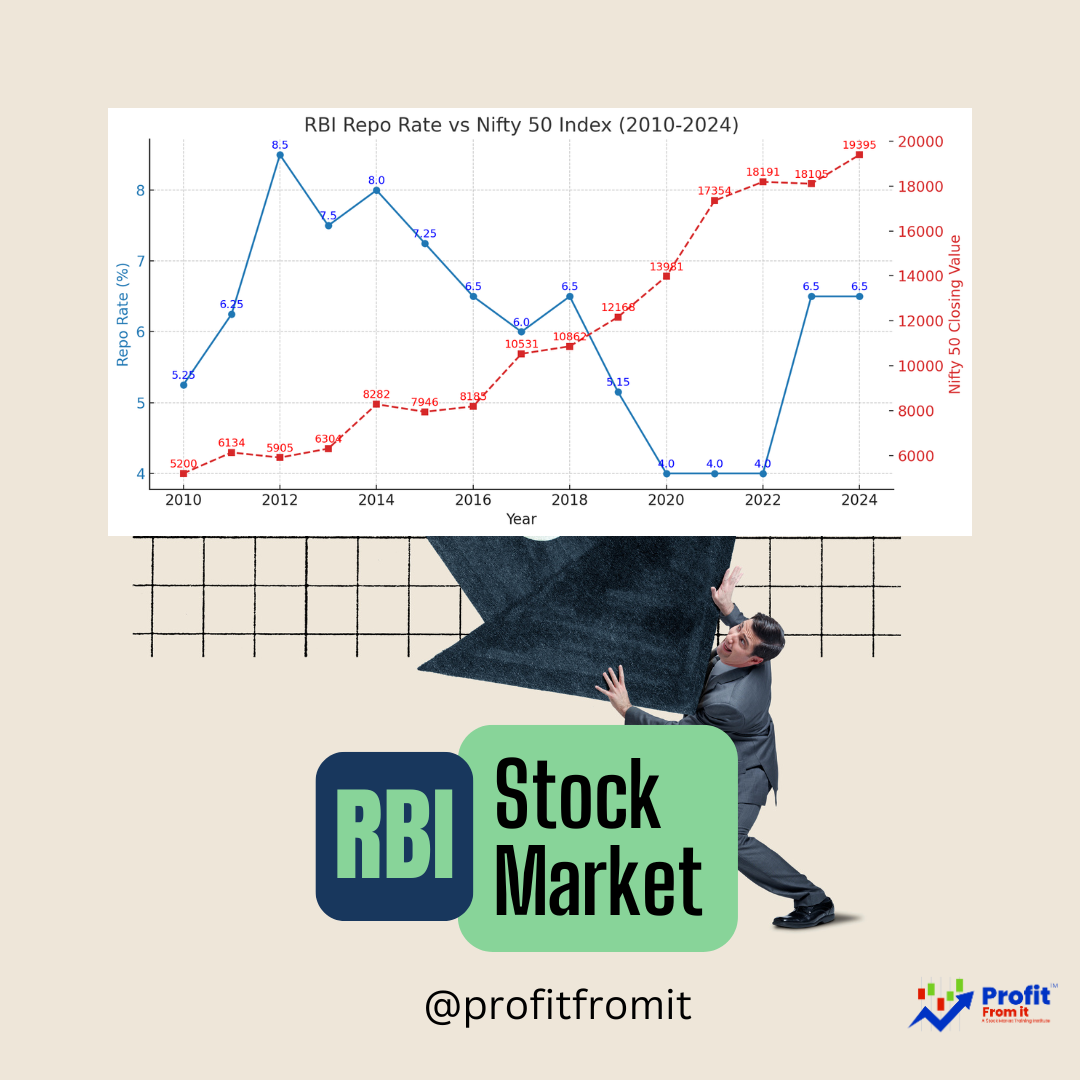
📌 GST Reforms 2025: Portfolio Adjustments
India’s latest GST reforms (September 2025) bring a sweeping set of changes — rate cuts in consumption-oriented sectors, reductions for infra materials and healthcare, while raising taxes on coal and sugary beverages. These changes directly impact several industries and, therefore, our Future Bharat Portfolio positioning.
🔹 Key GST Changes
🔹 Direct Beneficiaries – Our Adjustments
1. FMCG (Tata Consumer, Nestlé, Patanjali)
Lower GST on staples/personal care → demand uplift.
Action: +1% portfolio tilt across FMCG basket.
2. Consumer Durables (Voltas, Havells, Dixon)
ACs, TVs move to 18% GST → affordability improves.
Action: +0.5% tilt.
3. Autos (Maruti, Bajaj Auto, Balkrishna)
Lower GST for small cars/2W/tractor ecosystem.
Action: +0.3% tilt.
4. Industrials & Materials (L&T, BEL, Ultratech, Kajaria)
Cement GST cut → direct cost savings.
Action: +1% tilt (esp. Ultratech & Kajaria).
5. Healthcare (Apollo, Divis, Lal Path)
Lower drug/test kits GST → better affordability.
Action: +0.5% tilt.
6. Utilities & Energy (Tata Power, Power Grid)
Coal GST hike = negative for thermal exposure.
Action: Neutral to slight trim in coal-heavy power; shift focus to renewables and grid infra.
7. Beverages
GST hike to 40% → consumption risk.
Action: Avoid new allocation.
🔹 Indirect Beneficiaries – Second Order Effects
🔹 Portfolio Adjustments Snapshot
(Other sectors unchanged; overall portfolio normalized back to 100%.)
🔹 Investor Takeaways
Direct Winners: FMCG, Durables, Autos, Cement, Healthcare – clear near-term beneficiaries.
Indirect Winners: Consumer finance, banks, insurance, AMCs – benefit gradually via higher disposable incomes.
Losers: Coal-heavy utilities, sugary beverages – maintain caution.
Strategy Going Forward
Use GST reforms as a tactical overlay for 2–4 quarters.
Let valuation-driven tactical weights remain the core driver.
Maintain long-term focus on growth + quality + consistency to ensure wealth compounding.




 for Investors The provided chart outlines key metrics for Nifty 500 companies across different periods (FY22 t.png)




